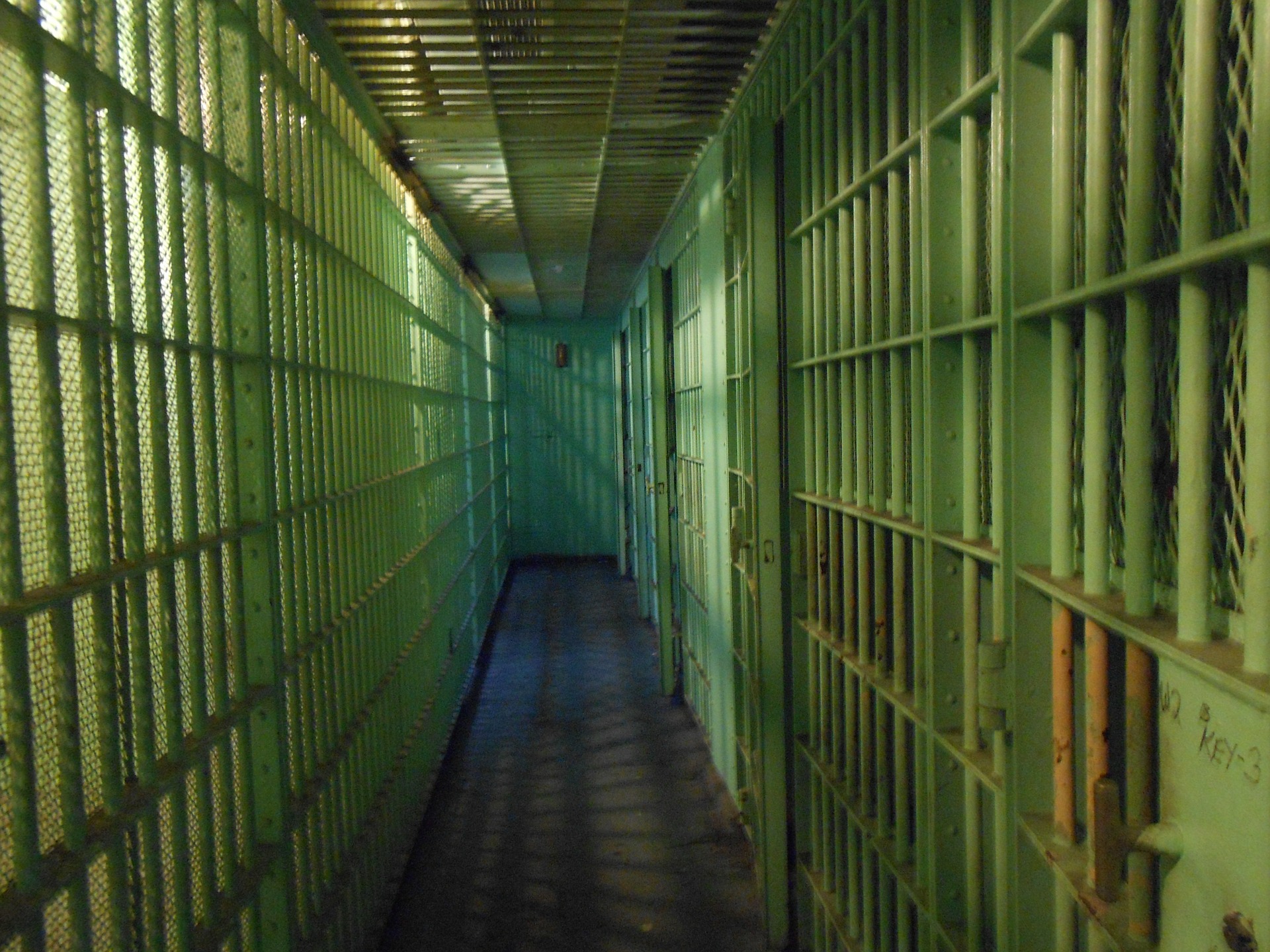By Board of Supervisors Chairman James Ramos, Sheriff John McMahon, and County CEO Greg Devereaux.
Because of Assembly Bill 109, also known as prison realignment, jails are not what they used to be. Jails in California are more dangerous and a greater challenge to manage than they were before AB 109. That isn’t just the case here in San Bernardino County. It’s true for jails in nearly all of California’s 58 counties. This is because our jails are not simply jails anymore. The State has essentially transformed them into prisons, and the transition has been understandably difficult.
We don’t view this as a challenge just for the Sheriff’s Department. This is an issue for the entire County Government organization, and the Sheriff’s Department, in partnership with the Board of Supervisors, has done a lot to address this new challenge and we are getting the upper hand. That hasn’t prevented the jails from coming under a lot of scrutiny lately, but we welcome the attention because we are doing good work and we’re proud to tell our story.
So what’s the difference between a jail and a prison? For the most part, jails are places where people who are arrested are held until they make bail, have their day in court, or spend a year or less in custody. Prisons, on the other hand, are where convicted, hardened criminals – mostly violent felons serving long sentences – are held. Prisons are home to murderers, rapists, gang members, and others for whom crime and violence are their chosen way of life. Some use the terms “jail” and “prison” interchangeably, but they are two very different worlds.
When the State of California came under Federal court order to drastically reduce its prison population, it ordered counties to house many of the violent inmates who used to go to prison in our jails for their long sentences. The problem is that county jail systems were not designed to control and care for long-term, violent career criminals, and the State did not send along enough funding for counties to make for a smooth transition.
So what’s happened since AB 109 took effect in 2010. In San Bernardino County, inmate assaults on jail staff people skyrocketed from 21 in 2010 to 49 in 2014. Inmate assaults on other inmates nearly doubled from 364 to 630.
Prescription drug costs climbed from $90,000 per month to $140,000 per month. Monthly doctor visits from inmates more than doubled from 2,100 to 5,200. Monthly nurse visits have increased from 4,500 to 7,200. We have seen an increase in inmates with HIV/AIDS, hepatitis, cancer, diabetes, and pulmonary diseases. Off-site specialty clinic referrals have nearly doubled since 2010, from 120 per month to 220. Hospital admissions have doubled from an average of six per day to 12.
It’s one thing for a jail to care for a cancer patient for a few months while he waits to go to trial. It becomes a six-figure investment for County taxpayers when that patient is serving a lengthy sentence in one of our local jails.
The County has met these challenges by doubling physician staffing, allocating $3 million to provide additional mental health care services to inmates, and approving the hiring of 10 new correctional nurses and five new sergeants. We strongly believe the additional staffing will have a positive, lasting impact on conditions.
We have also budgeted $6.3 million to improve disabled access at the West Valley Detention Center. Work at seven housing units has already been completed. We are working with a $5 million allocation from the Board of Supervisors to upgrade security at several of our jails. The installation of cameras at West Valley Detention Center is halfway completed and will show the good work our deputies and other jail staff are doing in the face of these new challenges.
There has been a tendency for some to combine the new situation in our jails with the everyday challenges we face operating a large law enforcement agency and suggest there’s a problem in the Sheriff’s Department. What’s important to know is that we are dealing effectively with each issue, the new ones and the traditional ones, and remain dedicated to protecting the safety of our residents.
[divider] [/divider]
Posted with the permission of the authors.





